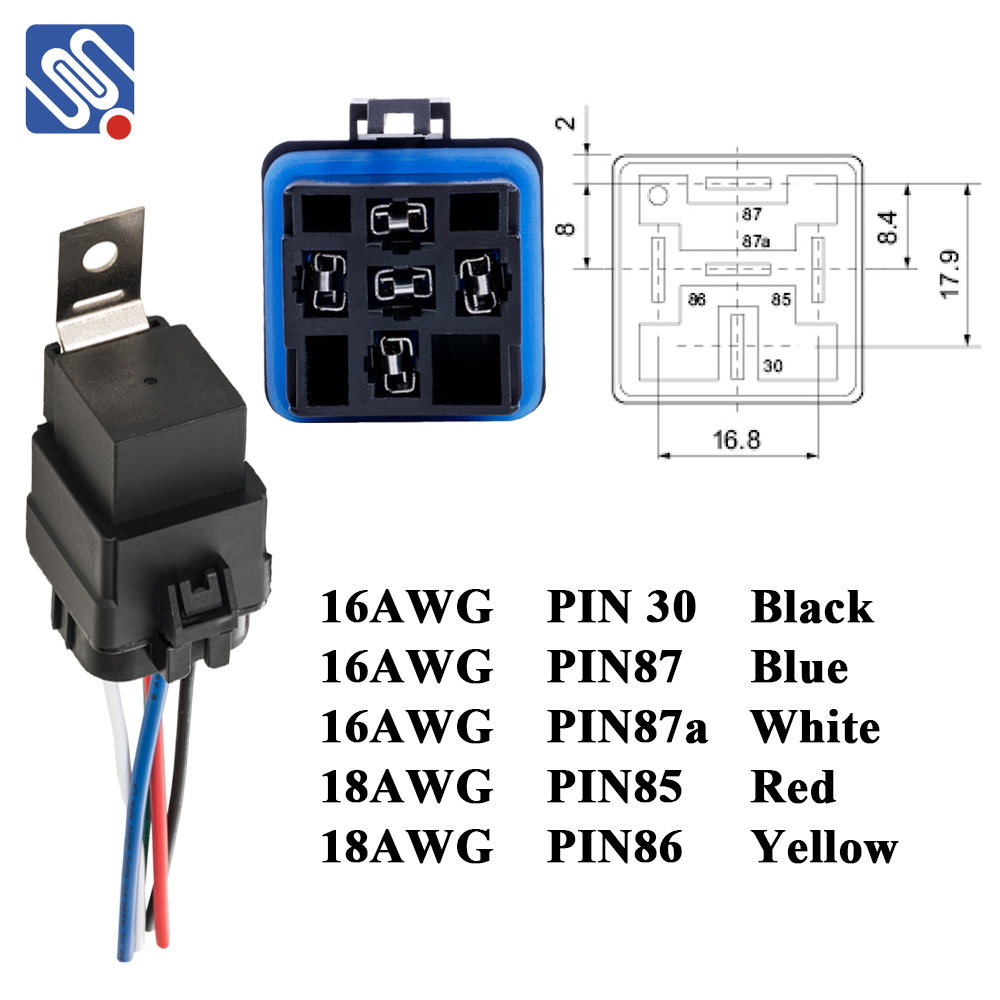understanding relay wiring: a deep dive into meishuo's expertise
Release time:2025-04-20 23:29:38
Relay wiring plays a crucial role in controlling circuits in various applications, from household electrical systems to industrial machinery. For those who are new to electrical work or enthusiasts looking to expand their knowledge, understanding the basics of relay wiring is an essential skill. One company that stands out in providing high-quality electrical components, including relays, is Meishuo. With a focus on innovation, reliability, and efficiency, Meishuo's products are widely trusted in many industries.

A relay is an electrically operated switch that allows a small electrical current to control a larger current. Essentially, a relay functions as an intermediary, enabling a low-voltage circuit to control a high-voltage circuit, providing both safety and convenience. They are typically used in automation systems, control panels, and automotive systems.
What is Relay Wiring?
Relay wiring refers to the connections made to a relay to ensure it functions properly. A basic relay setup usually consists of five components: a coil, a common terminal, a normally open terminal, a normally closed terminal, and a switch. The coil is energized when a low-voltage electrical signal is applied, which activates the relay and closes or opens the contacts between the other terminals.


